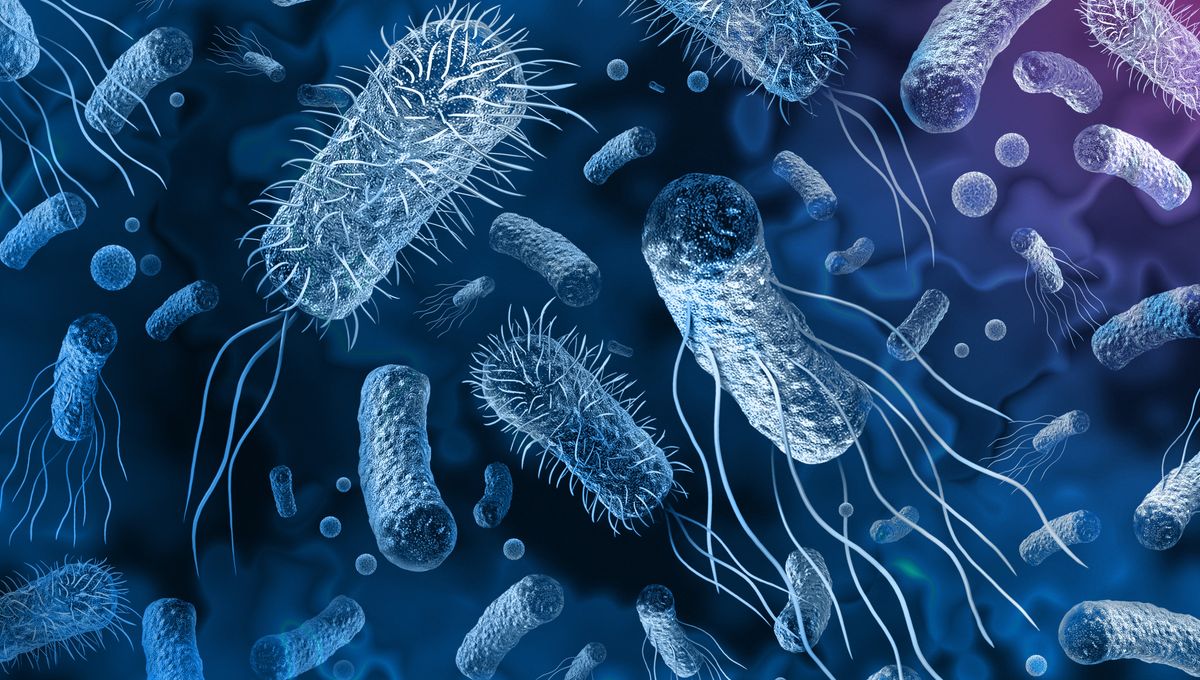
Researchers might have found two new compounds with a strong ability to fight harmful bacteria. They found these interesting substances inside different types of bacteria in the depths of the Arctic Ocean. With the potential that a lot more interesting compounds can be found there.
Antibiotic resistance is a serious problem. Harmful microbes are becoming resistant to the common treatments. And the evolution of these new strains is outpacing the development of new antibiotics. This is why researchers are looking for interesting compounds further afield.
About 70 percent of currently licensed antibiotics are derived from actinobacteria in the soil. So this international team considered if actinobacteria in a different environment might have compounds that are useful in the fight against bacteria. In particular, they were looking for molecules that would reduce a bacteria’s virulence: its capacity to cause disease.
This is an important strategy to reduce antibiotic resistance. If a substance kills or stunts the growth of a bacterium, evolution will end up selecting individuals that are less affected by that substance. Instead, it is hard for bacteria to evolve against a compound that reduces virulence. Such a compound is less likely to cause side effects in humans because it would alter our relationship with the bacteria that live in us.
“We discovered a compound that inhibits enteropathogenic E. coli (EPEC) virulence without affecting its growth, and a growth-inhibiting compound, both in actinobacteria from the Arctic Ocean,” corresponding author Dr Päivi Tammela, a professor at the University of Helsinki, Finland, said in a statement.
The two compounds come from different species found in invertebrates in the polar waters. The first was from an unknown strain (and the other was T160-2) of Kocuria and it inhibited the growth of bacteria. Not the ideal substance but beggars can’t be choosers if we are at risk of running out of effective antibiotics.
The second one is from an unknown strain (which they called T091-5) in the genus Rhodococcus. And this one was shown to have the antivirulence properties they were looking for. This compound stopped the E. coli from attaching to the gut lining of the host. And it also inhibited the binding between the bacterium and the Tir receptor a crucial step in the process that causes the disease.
T091-5 possesses some very exciting capabilities but both compounds will be further studied to be fully understood and possibly developed into something that might one day become a common drug.
“The next steps are the optimization of the culture conditions for compound production and the isolation of sufficient amounts of each compound to elucidate their respective structures and further investigate their respective bioactivities,” said Tammela.
The study was published in Frontiers in Microbiology.
Source Link: New Antibiotic Candidate Found In Bacteria From The Arctic Ocean